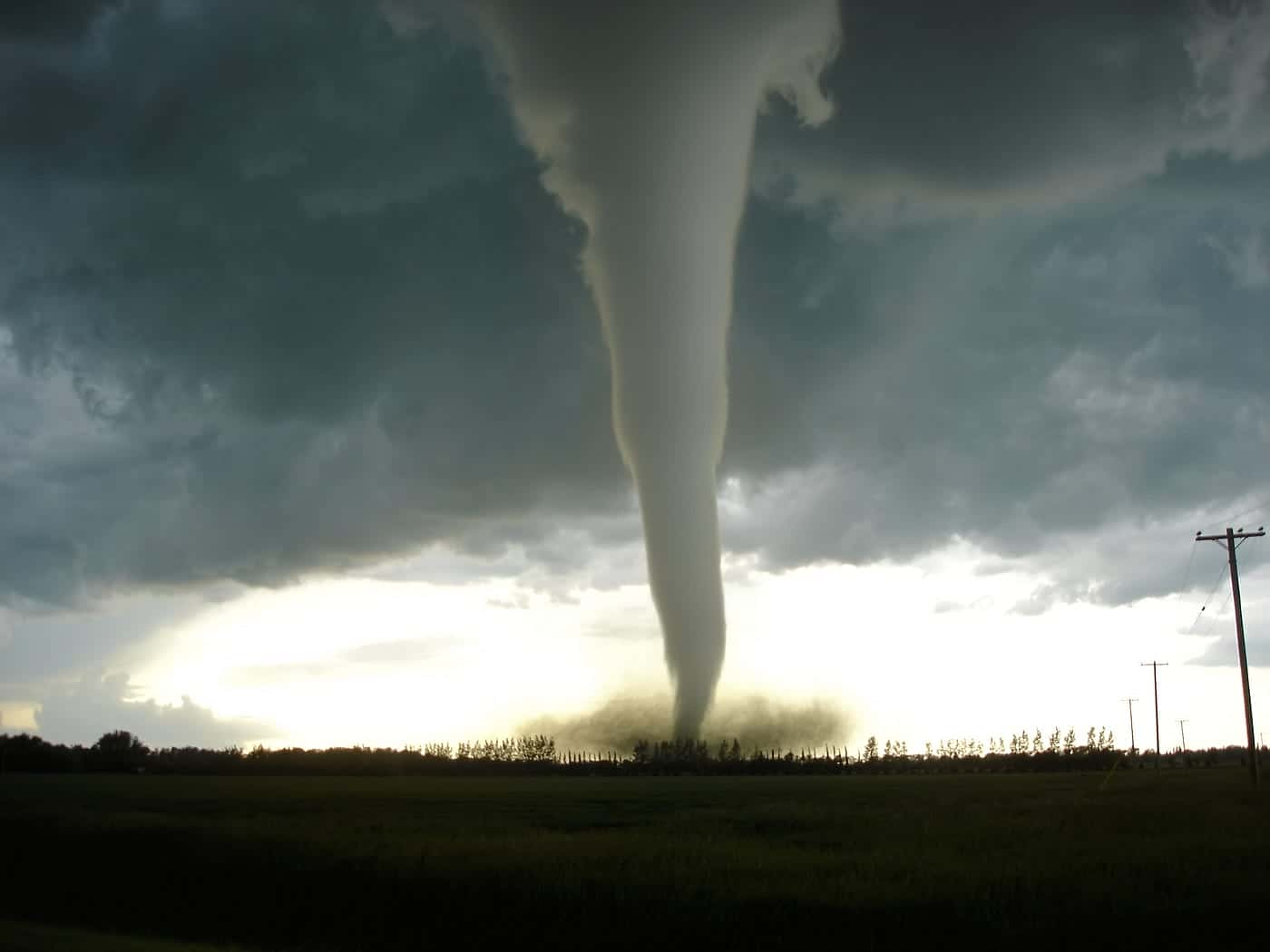The devastating storms claimed six lives, left dozens injured, and plunged thousands into darkness as power lines succumbed to the ferocity of nature’s onslaught.

A deadly tornado outbreak wreaked havoc across multiple states over the weekend, marking the third consecutive December to witness a spate of catastrophic tornadoes
Tornadoes, typically associated with warmer months, are increasingly striking during traditionally cooler periods, a trend attributed to climate change. Tennessee bore the brunt of this recent onslaught, with Nashville and Clarksville taking the hardest hits. The storm system, fueled by potent and fluctuating winds across different atmospheric levels, created ideal conditions for deadly tornado outbreak formation. This, coupled with temperatures soaring up to 20 degrees Fahrenheit above average in certain areas, catalyzed the deadly tornado outbreak.
Confirming the terrifying force behind the disaster, the National Weather Service identified a tornado with winds clocking in at 150 mph on the Enhanced Fujita Scale, carving a 43-mile trail into Kentucky. The aftermath revealed a grim toll: two adults and a child lost their lives, and over 60 others sustained injuries, underscoring the sheer destructive force of these tornadoes.
As authorities continue surveys to determine the total number of tornadoes unleashed during this catastrophic event, past occurrences highlight a worrying trend
Previous years have seen similar deadly tornado outbreaks in December, raising concerns about the changing pattern of these natural disasters. Studies point to a possible link between climate change and the increased occurrence of tornadoes during the colder months. Research indicates a rising likelihood of tornadoes in winter due to a warming atmosphere, particularly in the southern United States. While directly attributing a single deadly tornado outbreak to climate change remains challenging, meteorological factors, including higher temperatures, likely amplify the intensity of these thunderstorms and tornado clusters.
The prospect of more tornadoes during the winter months looms as a consequence of our rapidly warming climate. With winters experiencing the swiftest temperature hikes across the nation, the looming reality hints at a future marred by heightened deadly tornado outbreak activity in December, January, and February.
READ ALSO: Northeast Braces As Major Storm Coming Threatens Severe Weather And Tornado Risk




